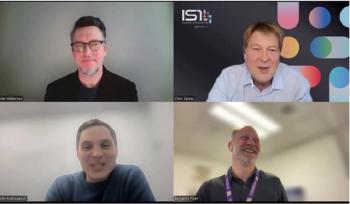
New York Genome Center and Sohn Conference Foundation Collaborate on Pediatric Cancer Research
A multi-institutional effort will fight pediatric leukemia and neuroblastoma.
The New York Genome Center (NYGC) and The Sohn Conference Foundation launched The Sohn Collaborative for Pediatric Cancer Research, a multi-institutional effort with the goal of fighting two childhood cancers: pediatric leukemia and neuroblastoma. NYGC will act as a nexus and participant in this research collaborative with five of its Institutional Founding Members: Columbia University, Memorial Sloan Kettering Cancer Center, New York University School of Medicine, The Rockefeller University, and Weill Cornell Medical College. NYGC will also conduct the genome sequencing and computational analysis for this synergistic research endeavor.
The Sohn Conference Foundation’s grant empowers these institutions to harness their collective knowledge and technology to apply genomic science to identify and analyze why some children’s tumors respond readily to treatment, while other patients suffer relapses or have no response at all. While leukemia and neuroblastoma are different-leukemia affects blood and neuroblastoma is the commonest childhood solid tumor-researchers will pursue a similar approach to understand them. Sequencing the genomes of “outlier” tumors, those that have unusual responses to treatment, either good or bad, may yield valuable clues on how to fight these cancers more effectively
Source:
Newsletter
Stay at the forefront of biopharmaceutical innovation—subscribe to BioPharm International for expert insights on drug development, manufacturing, compliance, and more.





